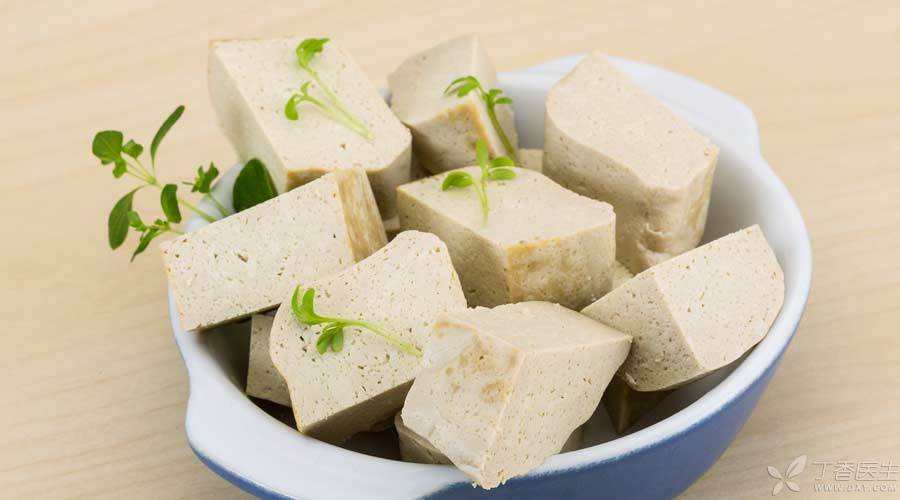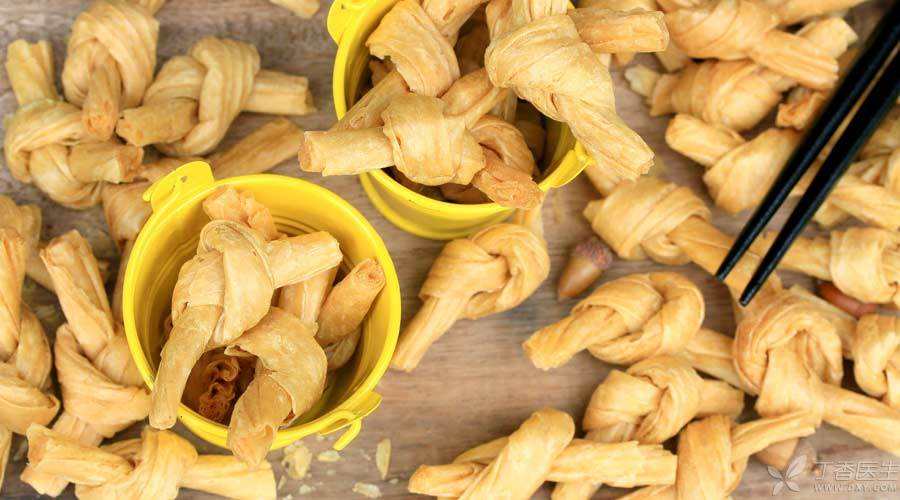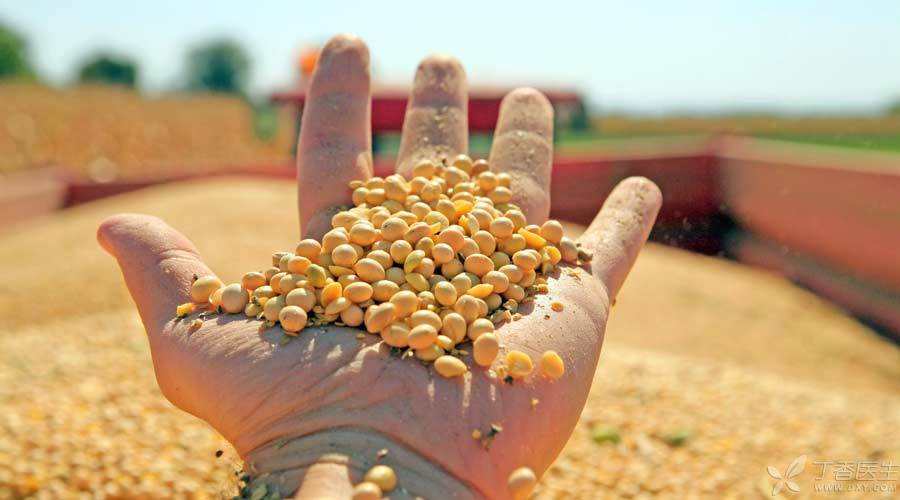
Does the topic mention this issue for a long time?
Let’s say the conclusion first, lest some friends have no patience to see the end:
No matter who has had kidney stones before, tofu can be eaten. Tofu will not make people have kidney stones. Not only that, tofu can also avoid the occurrence of kidney stones.
Why? In order to clarify this problem, let’s start with kidney stones.
Is it what who caused the kidney stones?
The concentration of minerals in urine is too high to exceed the [saturated concentration], so crystals deposit in the kidney and become solid particles. Sometimes, these particles also move to the ureter.
Some stone particles are only the size of sand grains, while others may be as large as a few centimeters. Smaller kidney stone particles are often discharged out of the body with urine, but if they are as large as a few millimeters, they may block the ureter, causing urine obstruction, thus causing lumbago.
There are many minerals that can cause stones, the most common is calcium oxalate, which causes about 80% of stones. In addition, some kidney stones are caused by calcium phosphate, urate or magnesium ammonium phosphate.
What substances in tofu may be related to stones?
In soybean, there are mainly three kinds of stone-related substances: purine, calcium and oxalic acid. Soybean is processed differently, and the stone-related components will change differently.

Purine
Purine is converted into uric acid in human body, and excessive purine may have certain influence on urate calculi.
Dry soybeans contain more purines, but after soaking, many purines are removed. Soymilk and tofu both contain a large amount of water, which will greatly dilute the concentration of purines. In other words, to make a cup of soybean milk or a piece of tofu, there is not much soybean needed, and the purines contained in them are limited.
Therefore, tofu and soybean milk are not high purine foods.
Calcium
Different from everyone’s understanding, insufficient calcium intake will actually increase the risk of stones. Therefore, even people with high risk of stones still need to take in appropriate calcium.
However, it should be noted that foods rich in calcium help reduce the risk of stones, while calcium tablets do not have the same effect, but may increase the risk of stones. This may be because calcium in food can combine with oxalic acid in food, thus preventing oxalic acid from being absorbed. However, calcium tablets make the body take in a large amount of calcium in a short period of time, which may increase the calcium in urine, thus becoming the raw material for stones.
Oxalic acid
Oxalic acid is the most common and main cause of kidney stones.
After entering urine, it combines with calcium to form calcium oxalate. Calcium oxalate has very low solubility, so it is easy to precipitate into stones.
When discussing the relationship between bean products and stones, the key is the content of oxalic acid.
How much oxalic acid is in tofu?
The content of oxalic acid in different bean products varies greatly. The content of oxalic acid in tofu is generally very low.
In 2005, a paper published in the Journal of Agricultural and Food Chemistry determined the oxalic acid content in 30 kinds of bean products. Of the 19 brands of tofu tested, 18 had oxalic acid content below 0.10 mg/g, which was a low oxalic acid food. Only one brand had oxalic acid content of 0.13 mg/g.
There may be two reasons for the low oxalic acid content in tofu:
First, part of oxalic acid was dissolved into water and washed away during soaking soybean.
Second, the tofu tested is gypsum or brine tofu, After condensation, it will be squeezed or naturally placed to remove some water. And some oxalic acid will be removed with the water. As for the oxalic acid content of lactone tofu, it is not easy to compare because there is no data. However, from the perspective of the production process, lactone tofu will retain almost all the water in soybean milk, so the oxalic acid content may be higher than brine tofu and gypsum tofu.

Summary: People with high stone risk can also eat tofu.
In short, the influence of bean products on stones is mainly oxalic acid, and the oxalic acid content in tofu (especially brine tofu and gypsum tofu) is very low, and the oxalic acid content in foods further processed from tofu (such as dried tofu) will not be high, so stone patients can also eat it.
In addition, these [suggestions] and [vigilance] are aimed at stone patients or people at high risk of stones. For healthy people, the body has stronger handling ability for oxalic acid and other ingredients, so there is no need to worry about eating tofu or bean products causing stones.
Diet Skills Needing Attention for Stone Patients;
1. Drink plenty of water.
U.S. Advice is more than 12 cups (240 milliliters per cup) per day. Because drinking more water and urine will dilute minerals such as calcium oxalate to prevent them from crystallizing.
2. Eat less animal protein.
Excessive intake of animal protein will increase calcium in urine, thus increasing the formation of calcium oxalate and calcium phosphate.
3. Eat less salt.
Salt also increases calcium content in urine.
4. Eat less foods rich in oxalic acid, such as spinach, peanuts, chocolate, asparagus, etc.
In fact, most vegetables and fruits also contain oxalic acid. However, these foods are often nutritious, so it is inappropriate to place too much emphasis on restricting these foods.
For oxalic acid to form stones, Urine needs to be reached, It combines with calcium there. If you cook foods rich in oxalic acid and foods rich in calcium together, they may combine in the intestines and stomach, are difficult to absorb, and will not enter urine to become stones. From this perspective, the legendary [spinach and tofu eating together] will not cause stones, but will help avoid them.
In particular, if you are a friend with a high risk of stones, although you can eat tofu at ease, other simply processed bean products, such as bean flour and bean paste, may have high oxalic acid content, so you should be on guard.
